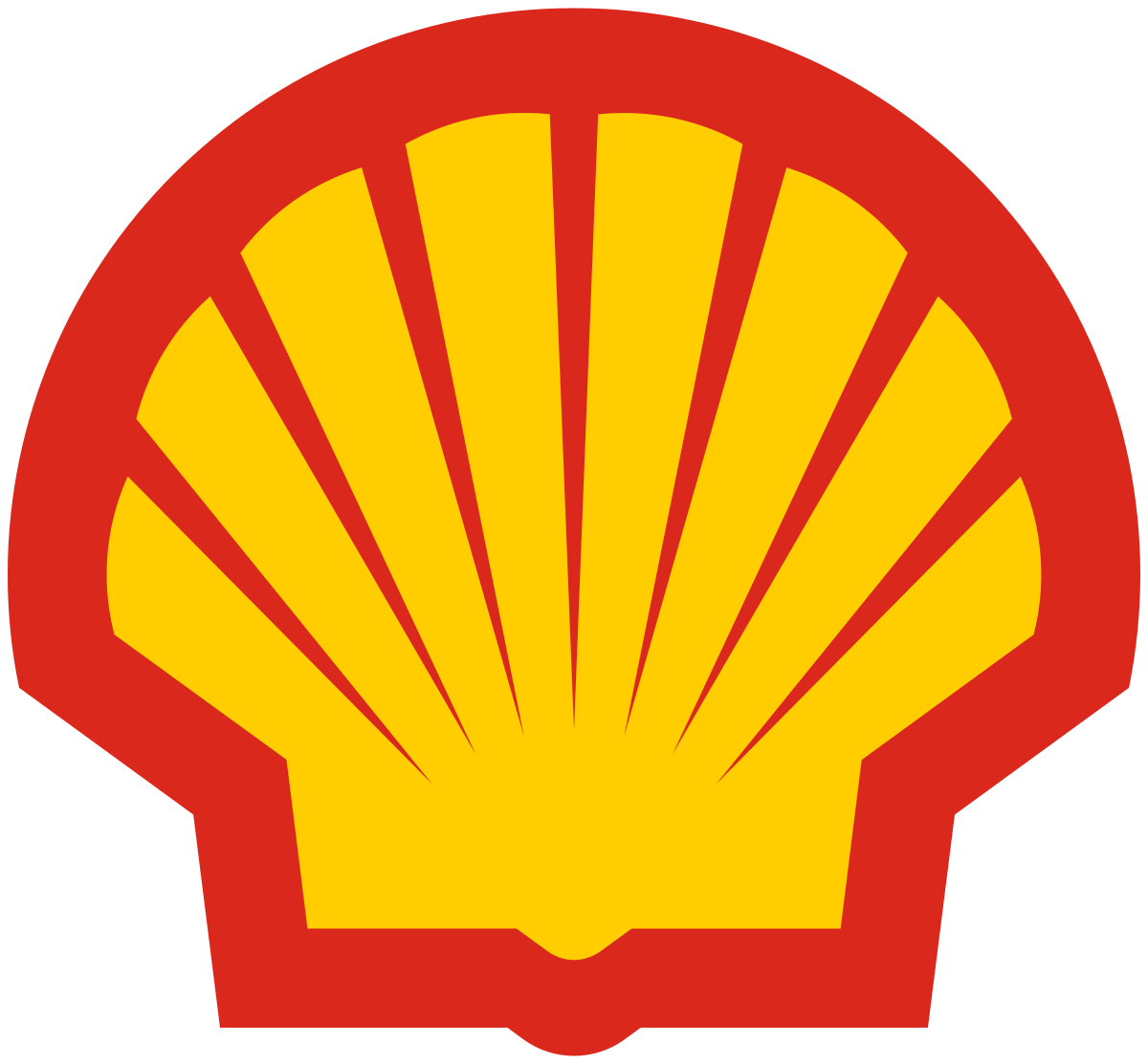
Shell Slashes Oil Production While Refining Profits Surge in Strategic Industry Shift
Shell's Strategic Reset: Production Cuts Signal Industry-Wide Shift Amid Strong Refining Margins
Shell plc revealed a significant production decline in its Q2 2025 guidance, projecting upstream output of 1.66–1.76 million barrels per day—down from 1.855 million in Q1. The announcement, which precedes the company's full earnings report due July 31, triggered a 3% stock slide to $71.92 but masks what analysts describe as a more nuanced reality beneath the headline numbers.
"This isn't a Shell problem—it's an industry pivot," said one veteran energy analyst, pointing to similar production guidance across major producers. "What we're witnessing is a fundamental shift in how oil majors allocate capital in response to market volatility and energy transition pressures."

The Hidden Strength in Shell's Apparent Weakness
While production drops grabbed headlines, Shell's refining margins surged to $8.9 per barrel from $6.2 in Q1—a 43% increase that reflects structural changes in global refining capacity rather than cyclical luck.
"Atlantic basin capacity closures and IMO-2030 distillate specifications are creating a step-change in refining economics," explained a London-based commodities strategist. "Shell's integrated downstream exposure gives them leverage that pure upstream players simply don't have."
This bright spot contrasts sharply with the company's trading operations, where both the Integrated Gas and Renewables & Energy Solutions segments face significant headwinds. The latter could swing between a $400 million loss and a $200 million profit—unusually wide guidance that underscores the volatility in energy trading markets.
At its Monaca chemicals facility, maintenance issues have dragged utilization down to 68-72% from 81% in Q1, potentially pushing the entire Chemicals & Products segment below breakeven. This operational challenge arrives as chemical margins actually improved to $166 per metric ton from $126 previously.
Industry Context: A Calculated Retreat
The Dallas Fed's Q2 business activity index for oil and gas registered at -8.1, confirming that Shell's production pullback reflects broader industry conditions. BP, Chevron, and ExxonMobil have all signaled flat-to-down volumes for the quarter.
"What looks like retreat is actually discipline," noted an industry consultant who advises several majors. "These companies are high-grading portfolios, exiting higher-risk regions like Nigeria in Shell's case, and focusing investment dollars where returns are most compelling."
The International Energy Agency recently trimmed its 2025 non-OPEC+ growth forecast by 260,000 barrels per day, suggesting the supply side is softening globally—a development that could support price stability despite demand uncertainties.
The Financial Reality Behind the Reset
Shell's 3% stock decline appears modest when viewed against its financial fundamentals. The shares trade at approximately 4.2 times 2025 estimated EV/EBITDA with a free cash flow yield approaching 11%—well above the European major median of 8%.
This value proposition becomes more compelling when examining Shell's structural cost improvements. The company has implemented $3.1 billion in operational expense reductions and revised its capital expenditure guidance down to $21 billion from $24 billion previously.
"Even at $65 Brent, Shell maintains distribution capacity above 40% of cash flow," said one portfolio manager specializing in energy stocks. "The market is overreacting to trading volatility that historically normalizes within two quarters."
Regulatory Headwinds: Priced In or Persistent Risk?
Regulatory pressures add another layer of complexity to Shell's outlook. The UK Energy Profits Levy, now at 38% and extended to March 2030, extracts approximately $1.2 billion annually at current prices. Meanwhile, the proposed US Section 899 "foreign dividend" tax could remove up to $800 million in free cash flow if enacted after Senate markup in September.
These combined headwinds could reduce Shell's net present value by roughly 4%—a material but manageable impact that appears largely reflected in the company's conservative 2026 cash distribution guidance of 40-50% of operating cash flow.
Investment Implications: Finding Value in Volatility
For investors, Shell's Q2 guidance creates what several analysts describe as an "air pocket"—a temporary valuation compression that potentially offers entry points in the $68-72 range.
A contrarian view suggests that Shell remains undervalued relative to peers, particularly BP, which faces higher leverage and ongoing Macondo liabilities. This valuation gap has widened to its largest spread since 2019, potentially creating opportunities for relative value trades.
More cautious investors might consider selling January 2026 $60 puts at approximately $4.30, effectively creating a 6.7% yield on a cash-secured basis while building in a 17% downside buffer.
"Shell remains the cheapest high-quality cash machine in Big Oil," according to one investment bank's research note. "The Q2 results will undoubtedly look ugly, but the core business—LNG, deepwater production, and increasingly valuable refining assets—remains intact."
Looking Forward: Catalysts and Inflection Points
Shell's July 31 earnings call represents the first major catalyst, where management will quantify trading losses and outline a path forward for the struggling chemicals segment. Attention will then shift to the US Senate tax bill in September and potential European chemicals restructuring decisions in the fourth quarter.
Under a base case scenario with Brent at $80, analysts project Shell shares could reach $88—representing over 20% total return potential including dividends and share repurchases. This outlook assumes refining margins remain elevated and LNG trading normalizes by year-end.
The more pessimistic view hinges on Brent collapsing below $60, which would likely force Shell to suspend its buyback program and dramatically reduce free cash flow to around $4.60 per share.
"What makes Shell compelling is the asymmetric risk-reward profile," said a veteran energy fund manager. "Downside is limited by valuation support and improving cost structure, while multiple expansion potential exists as the market recognizes the trading reset is temporary rather than structural."
As Shell navigates this transitional quarter, the company's ability to maintain capital discipline while optimizing its portfolio for both traditional and emerging energy markets will determine whether investors view the current weakness as an opportunity or the beginning of a more challenging chapter.